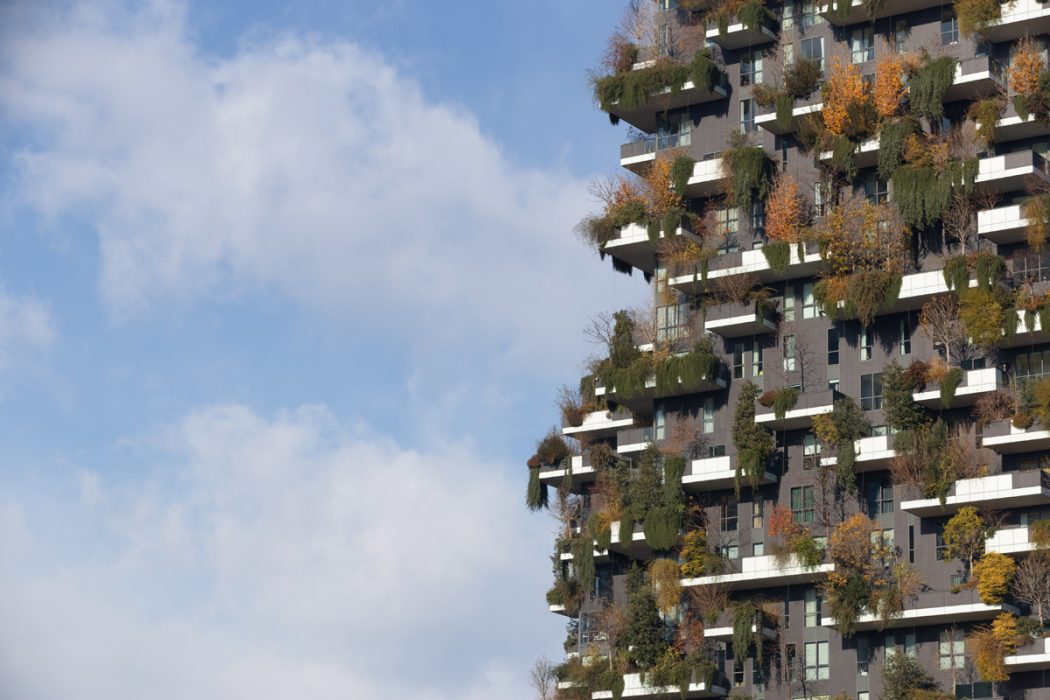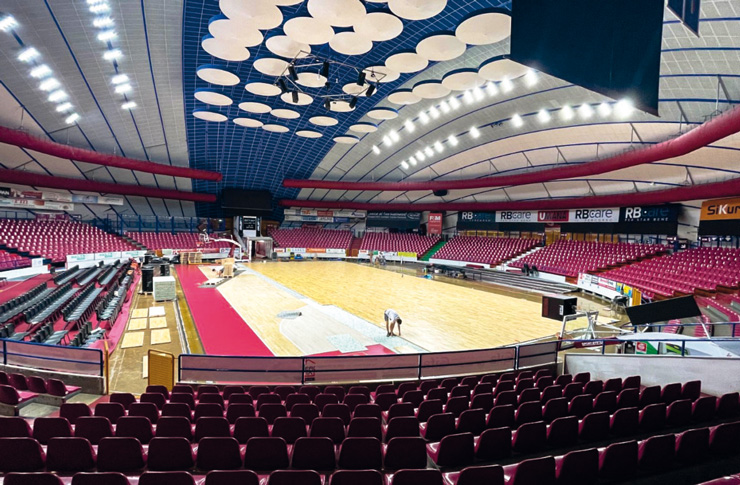Sustainable Designing Special Report – 2. The Minimum Environmental Criteria (CAM) are the environmental requirements defined for the various phases of the purchasing process by the Public Administration, aimed at identifying the best design solution, product or service from the environmental point of view along the life cycle, taking into account market availability.
Minimum Environmental Criteria for Designers

Photovoltaic field in Porto Viro (Rovigo). Ph. BG/Tsport.
Their systematic and homogeneous application allows the dissemination of environmental technologies and environmentally preferable products and produces a leverage effect on the market, inducing less virtuous economic operators to adapt to the new demands of the public administration.
In Italy, the effectiveness of CAM was ensured by the ‘Procurement Code’, which made its application mandatory for all contracting stations.



This obligation ensures that the national green public procurement policy is incisive not only in the objective of reducing environmental impacts, but in the objective of promoting more sustainable, ‘circular’ production and consumption models and in spreading ‘green’ employment.
In addition to enhancing environmental quality and respecting social criteria, the application of the Minimum Environmental Criteria also responds to the public administration’s need to rationalise its consumption, reducing expenditure where possible.
This article analyses in detail some points of the Italian CAM standard (see pdf).
The other topics of the Sustainable Designing Special Report:
- 1 – The limits to growth and the sustainable designing
- 3 – The climate crisis: mitigation and adaptation
- 4 – Venice 2023: from architecture to art, climate in evidence
- 5 – Sustainability in the new FIFA Guidelines
- 6 – The sustainability of sports facilities.
- 7 – Large North American sports facilities
- 8 – Aarhus + Forest Green Rovers: a vision of environmentally sustainable stadiums
- 9 – Parma: complementary spaces for the Anna Frank School.










